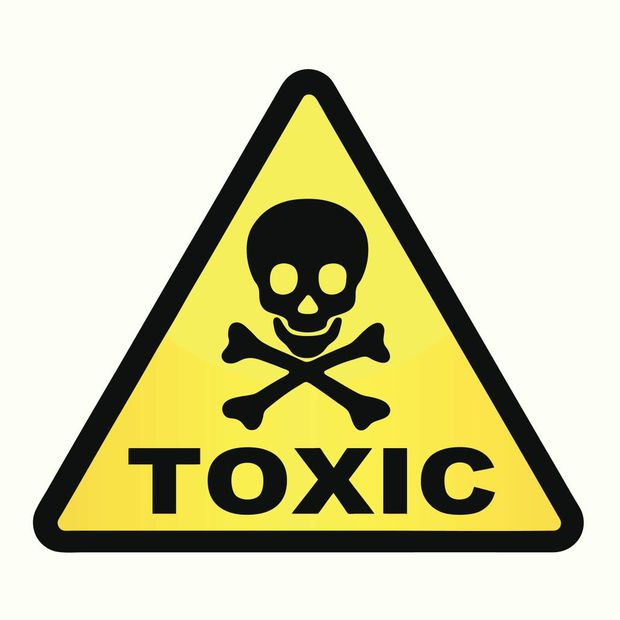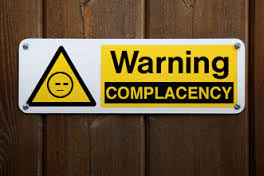 “We’ve got to be judged by how we do in times of crisis.” —Johnnie Cochran
“We’ve got to be judged by how we do in times of crisis.” —Johnnie Cochran
Putting Out Fires
Johnnie Cochran’s quote suggests that it is during times of crisis that we really show what we are made of. I kind of disagree. While every one of us will be faced with crises, getting in the habit of putting out fires all day long says more about your management style than it does your character. This is what I would term as management by crisis. No time to think, no time to plan, just respond to fire after fire as they arise. On the other side of the coin is crisis management. Quite different from managing by crisis, crisis management involves looking two steps ahead, planning, communicating, evaluating and adapting.
Eye on the radar
When you manage by crisis, you are so overwhelmed with what is happening here and now that it is impossible to foresee what might be coming down the road. When you manage by crisis, you are operating in fight or flight mode. This makes it impossible to use higher-order thinking to plan and solve problems. With crisis management, you are always looking two steps ahead. This gives you the, while ever so small, amount of breathing room you need to keep fight or flight at bay so that you can think clearly.
Planning
When you manage by crisis, there is no time for planning. You are simply in survival mode, running here and jumping there in the attempt to keep the situation from spiraling into chaos. Crisis management stays ahead of the game by asking questions like, “How will we respond if……?” When we have a plan we can respond to situations as they arise rather than constantly reacting to them. Sure, we might plan for something that never happens; sure, we can’t plan for every possible future incident; but we can develop plans that are flexible enough to apply in a variety of situations. And, always better to be safe than sorry.
Communication
When you manage by crisis, there is never enough time to effectively communication what is happening and what needs to be done in response. Things often break down into the right hand not knowing what the left hand is doing and not having the time to even care. When things really do go south, that is not the time to start trying to communicate a response to your employees. Crisis management includes communicating the position of the organization on a regular basis, sharing plans and implementing procedures for responding to crises, and outlining clear lines of communication so everyone is always on the same page.
Evaluate, evaluate, evaluate
Is your style managing by crisis? Or is it crisis management? You can’t assume that your answer today will be the same next week, next month, or next year. When it comes to how you deal with crisis, you must continually evaluate your methods and past results. What has worked? What hasn’t worked? Where do you need to focus your energy to become more effective? Evaluate, evaluate, evaluate, and then adapt.
Manage Crisis Before it Manages You
We’ve all heard it said that if you don’t plan the day, the day will plan you. It is the exact same for handling crisis; either you manage the crisis, or it will manage you. The choice is yours. Will you constantly react, or will you plan and respond? Keep your eye on the radar; give yourself just that little bit of extra time to prepare for impact. A little time is all you need to access your executive brain and avoid the fight or flight reaction. Ask the questions that allow you to create plans for future crises that may, or may not happen. Make these plans flexible so that they can be implemented in response to a variety of crisis events. Communicate early and often. Make sure everyone is on the same page so that you are working as a team to overcome the crisis. And then, evaluate and adapt. If it’s not working, stop doing it. Make sure your crisis management procedures work. Start to manage crisis before it manages you.
© 2016 Elizabeth Stincelli
Liz Stincelli is passionate about recognizing and inspiring the leader in each of us. She is the Founder of Stincelli Advisors where she focuses on helping organizations change attitudes, change communication dynamics, improve collaboration and problem-solving, engage employees, and strengthen organizational culture. Liz holds a Doctor of Management degree with an emphasis on organizational leadership.
Learn more about Liz by visiting her website, stincelliadvisors.com and connect with her on Twitter @infinitestin, Google+, and LinkedIn. You can contact her by email at stincelliadvisors@gmail.com.




